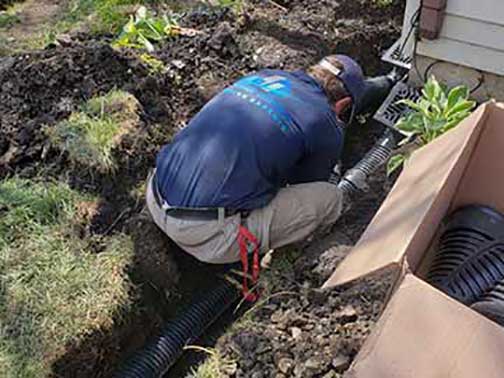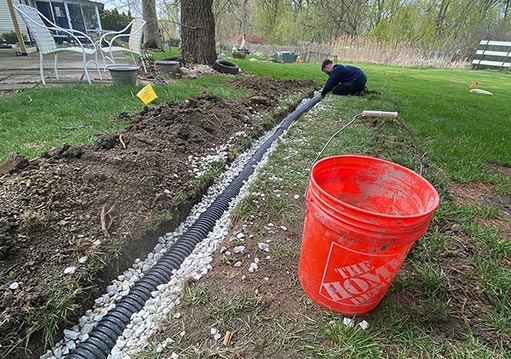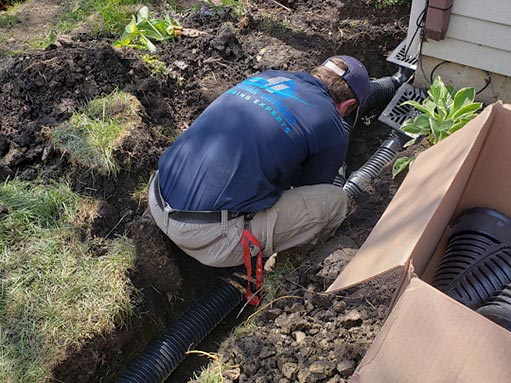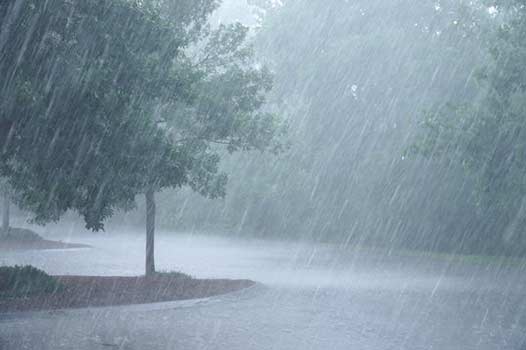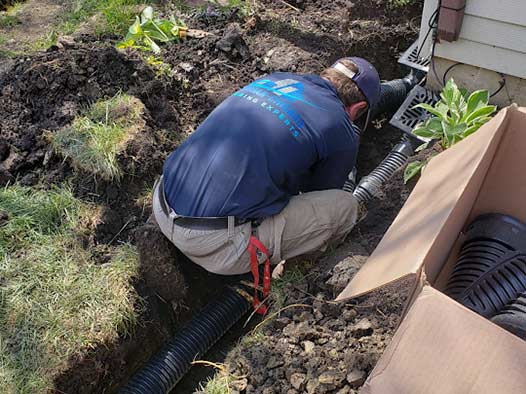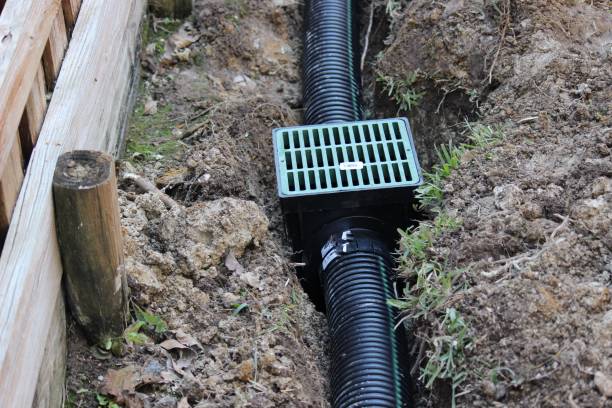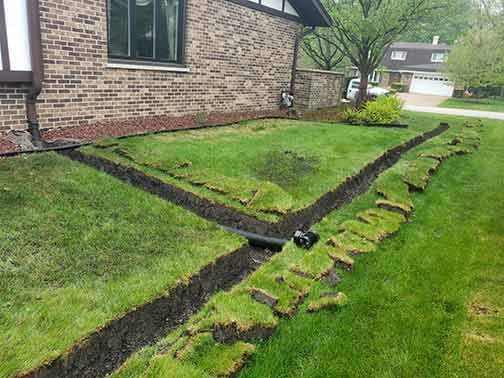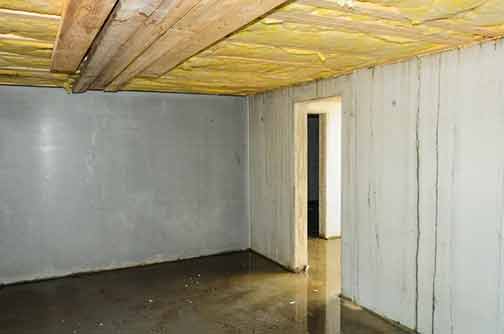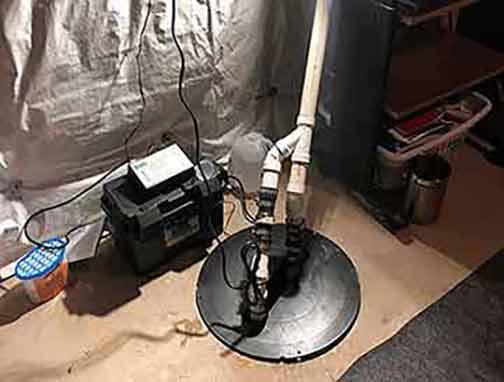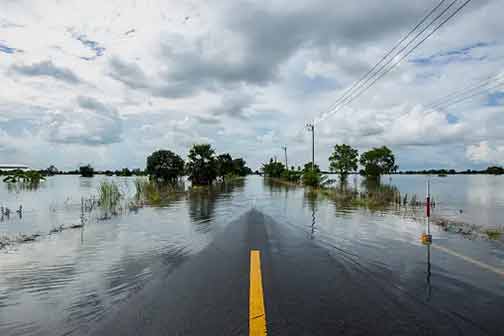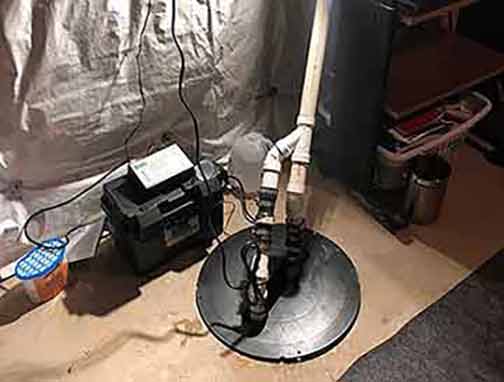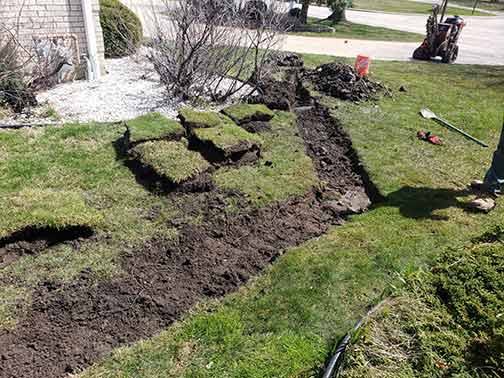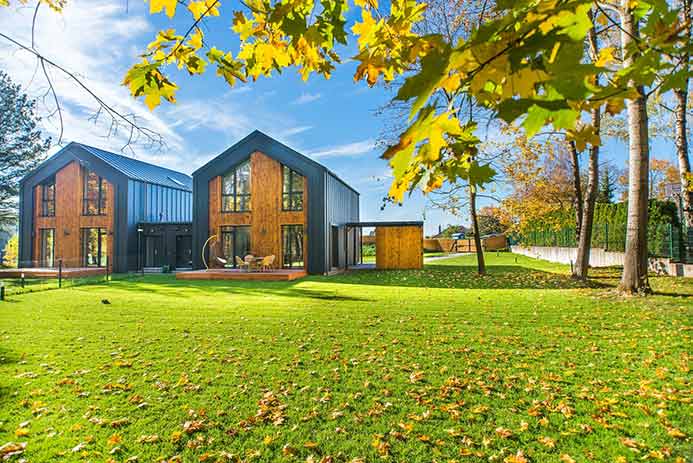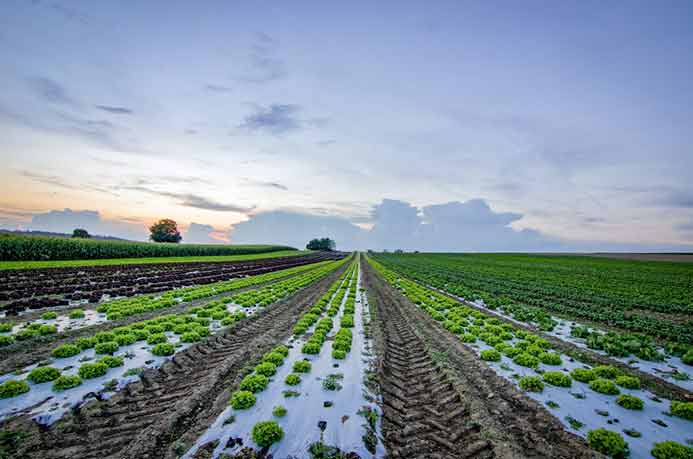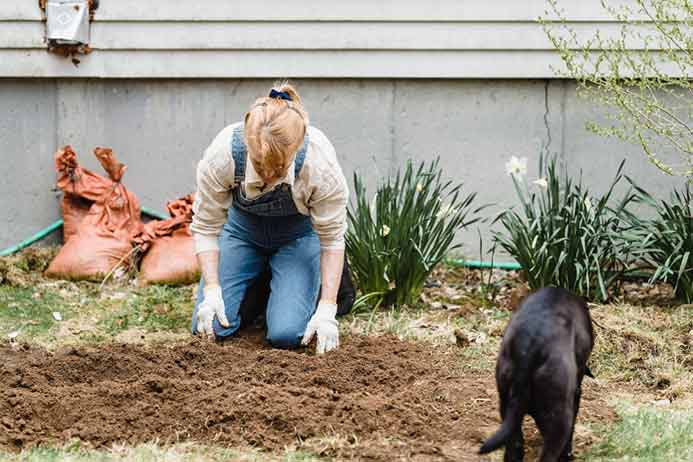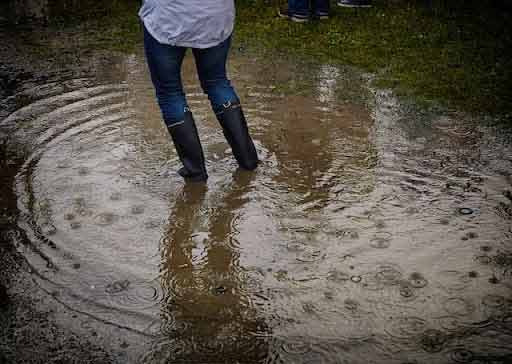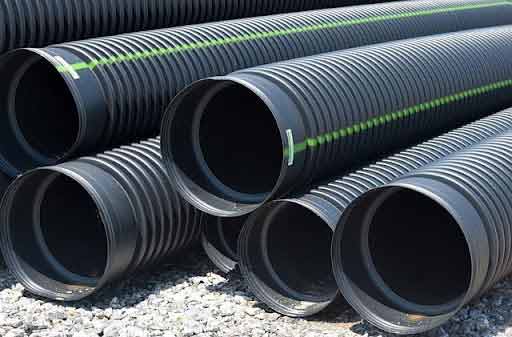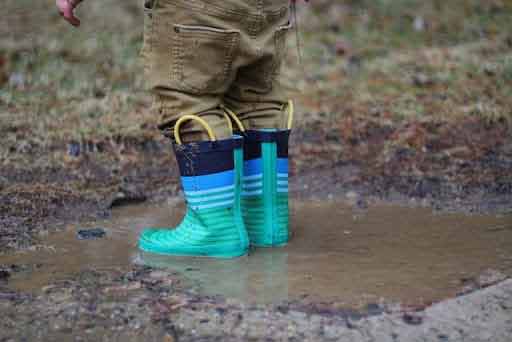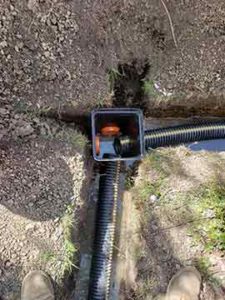French Drain Installation Cost in Chicagoland
French drain installation is a popular drainage solution in Chicagoland’s rainy climate. Whether you’re dealing with a waterlogged basement, soggy yard, or poor drainage on your property, a French drain can effectively redirect excess water and prevent damage. However, before you invest in this drainage system, it’s crucial to understand the cost associated with its installation. In this article, we’ll explore the factors that influence the cost of a French drain installation in Chicagoland and provide you with a better understanding of what to expect.
Factors Affecting French Drain Installation Cost
There are several key factors that impact the cost of installing a French drain in Chicagoland. By considering these factors, you can estimate the overall cost and plan your budget accordingly.
1. Property Size
The size of your property plays a significant role in determining the cost of installing a French drain. Larger properties require more materials and labor, which can increase the overall cost. Before getting a quote, make sure to measure your property’s size to provide accurate information to the drainage professionals.
2. Drainage System Design
The complexity of the drainage system design influences the cost of installation. If your property has unique or challenging terrain, it may require additional labor and specialized equipment to ensure proper installation. A more intricate design may also involve the installation of multiple French drains, which can further impact the overall cost.
3. Depth and Length of the Drain
The depth and length of the French drain also affect the installation cost. Deeper and longer drains require more excavation and materials, resulting in higher expenses. Additionally, if your property requires a deep excavation due to its specific drainage needs, it may add to the overall complexity and cost of the project.
4. Soil Condition
The condition of the soil can impact the installation process and cost. If your property has rocky or compacted soil, it may require additional excavation or specialized equipment to install the French drain properly. On the other hand, if the soil is loose, it may require stabilization measures to prevent soil erosion, which can add to the overall cost.
5. Accessibility
The accessibility of your property also plays a role in determining the installation cost. If the installation area is difficult to access or requires extensive preparation work, it may increase the labor and time required for the project, thus impacting the overall cost.
6. Additional Features
Additional features, such as sump pumps or catch basins, can enhance the functionality of your French drain system but may also add to the installation cost. These features help remove water from the drainage system and prevent overflow, which is particularly useful during heavy rainfall.
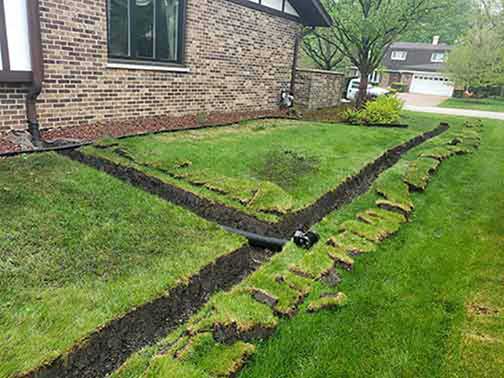
Scheduling your French drain installation during the off-season or less busy periods for contractors may result in more competitive pricing.
Average Cost of French Drain Installation in Chicagoland
While the cost of a French drain installation can vary depending on the factors mentioned above, it’s essential to have a general idea of the average cost range. On average, you can expect to pay between $25 and $50 per linear foot for a standard French drain installation in Chicagoland.
Keep in mind that this cost range is an estimate, and the final cost may vary based on your specific requirements and the contractor you choose. It’s always a good idea to obtain multiple quotes from reputable drainage professionals to compare prices and services.
Tips for Reducing French Drain Installation Costs
While French drain installation costs can add up, there are several tips you can follow to minimize expenses while still achieving effective drainage on your property.
1. Research and Compare Quotes
Before hiring a contractor, conduct thorough research and obtain quotes from multiple professionals in your area. Comparing prices, services, and customer reviews will help you make an informed decision and potentially save on installation costs.
2. Choose the Right Materials
Opting for high-quality yet cost-effective materials can help reduce the overall installation cost. Consult with drainage experts or contractors to determine the best materials that fit your budget without compromising on performance.
3. Consider Timing
Scheduling your French drain installation during the off-season or less busy periods for contractors may result in more competitive pricing. Contractors tend to have more availability and may offer discounts during slower times of the year.
4. DIY vs. Hiring Professionals
While French drain installation can be a complex task, it may be possible to consider a DIY approach if you have the necessary skills and knowledge. However, keep in mind that improper installation can lead to costly repairs and further issues. If you’re unsure, it’s best to hire experienced professionals to ensure a proper and efficient installation.
A French drain installation can effectively solve drainage problems in your Chicagoland property, but it’s crucial to consider the associated costs. Factors such as property size, drainage system design, depth and length of the drain, soil condition, accessibility, and additional features all contribute to the overall cost. By understanding these factors and following our cost-saving tips, you can plan your budget effectively and ensure a successful French drain installation.
Interested in having a French drain system installed on your property in the Chicagoland area? Contact us below!
